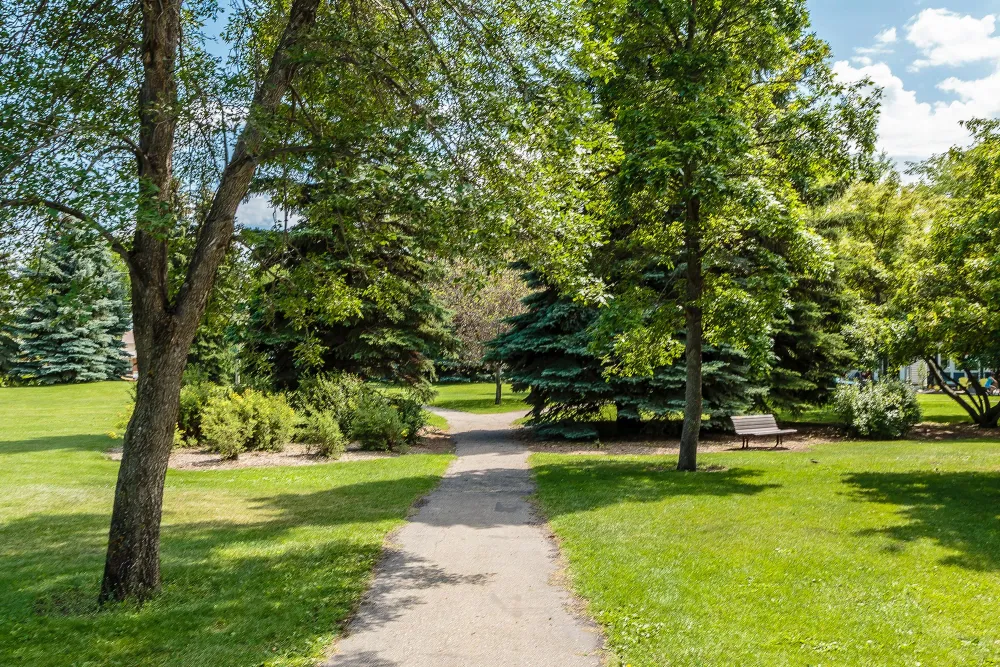The Arbor Day Foundation is pledging 10 million trees to areas impacted by hurricanes Helene, Milton Help us replant
Bulletin
Saving Natural Areas in Cities
Natural areas in cities may sound like a contradiction of terms. However, joining the two is as essential to the quality of life in urban areas as playgrounds, bike paths, swimming pools, or other components in the fabric of a community.

Philosophy aside, wooded areas in and around our communities offer recreation, health benefits, a refuge for wildlife, and a myriad of environmental services.
Whether they are small parcels on scraps of unbuildable land or large forested areas such as Bellevue’s Urban Forest near Seattle, their importance is immense — and too often undervalued.
“A town is saved, not more by the righteous men (and women) in it than by the woods and swamps that surround it. A township where one primitive forest waves above while another primitive forest rots below — such a town is fitted to raise not only corn and potatoes, but poets and philosophers for the coming ages.” - Henry David Thoreau
Like Thoreau, landscape architect Frederick Law Olmsted understood the value of nature in the city. He incorporated touches of a rural environment into his design of New York’s Central Park and other projects he pioneered throughout the United States. Early in the 20th century there were even “scenic cemeteries” and a nationwide Nature Study Movement. More recently, the focus on nature in our cities has taken a back seat to other important needs and issues. But that is changing.
A notable call to action was Richard Louv’s 2005 book, Last Child in the Woods. He reawakened the nation to the importance of introducing children to nature in an urbanizing world. Today, a new movement is taking place that champions the cause of protecting and managing the remnants of nature in our urban areas. In 2017, New York City’s Natural Areas Conservancy initiated the Forest in Cities program to promote and advance healthy forested natural areas in cities across America. Central to this effort is science, management practices, partnerships, and communication. The program has created a coalition of scientists, local governments, and academic institutions to address the needs of natural areas in urbanized areas.
In this bulletin, you will see some of the results from this work and, hopefully, be inspired as a tree board or an individual to champion the natural areas in your community.
In This Bulletin
Here’s what’s inside:
- Where are Natural Areas? – places you can find in nearly every community
- Important Benefits – environmental, social, and personal benefits
- Managing Natural Areas – management can help to maintain and upgrade natural areas
- Communities in Action – examples of cities and towns taking action for their natural areas
- Forging a National Perspective – the need to build strong networks and raise awareness across the country

